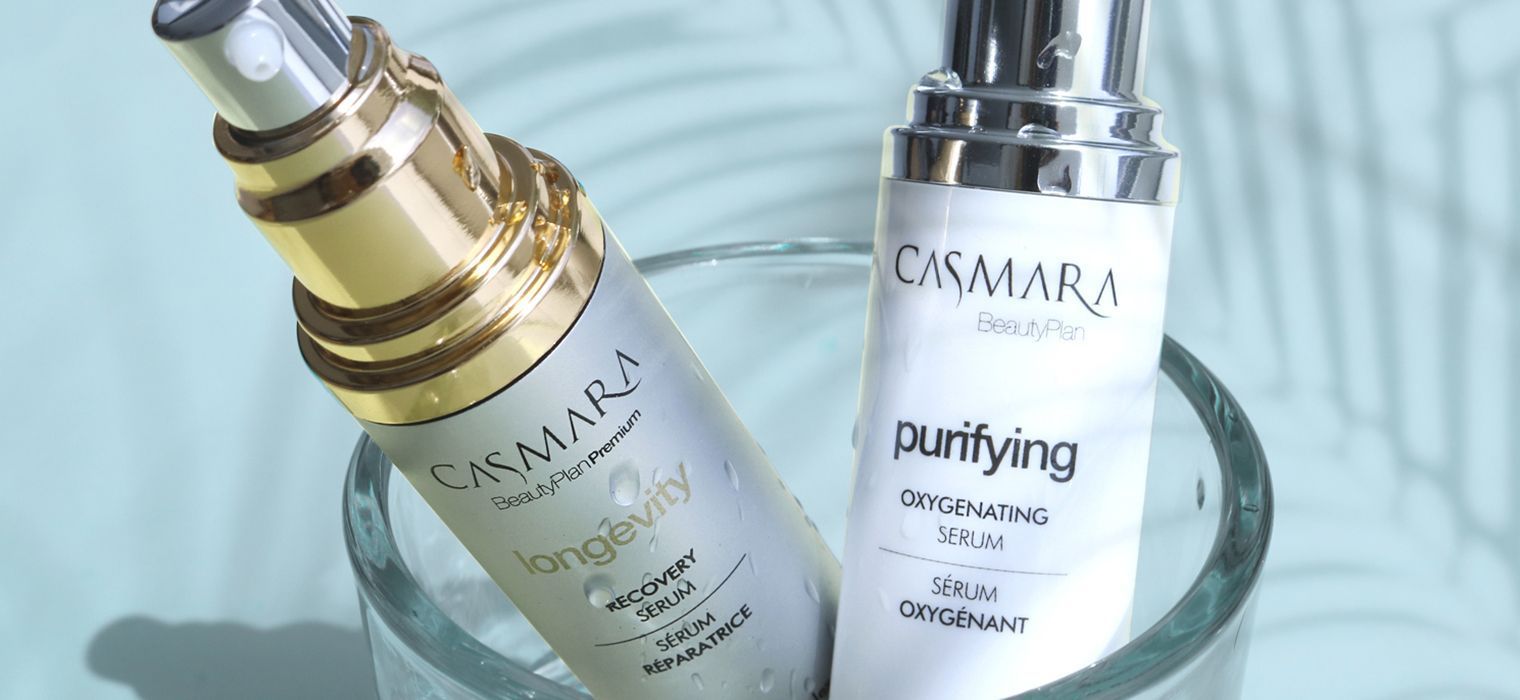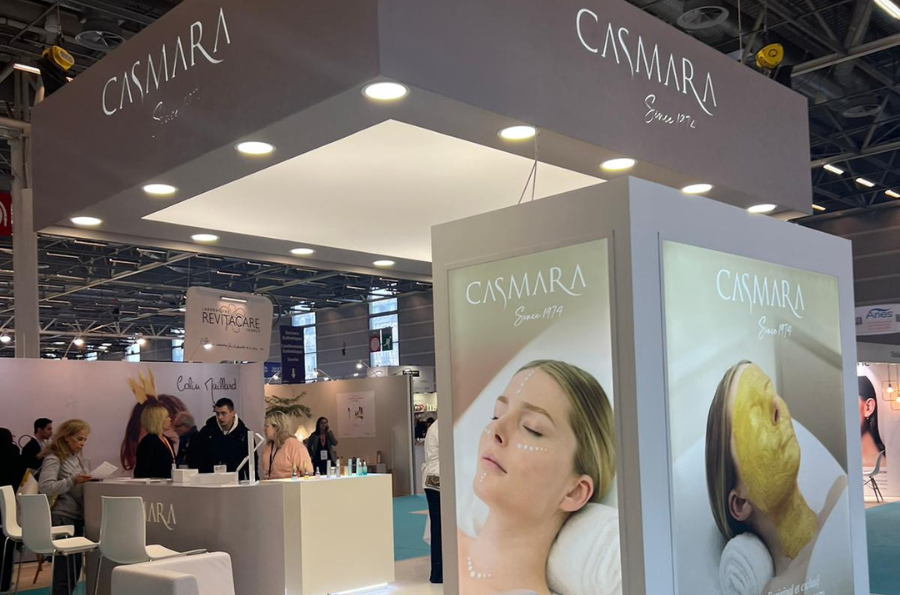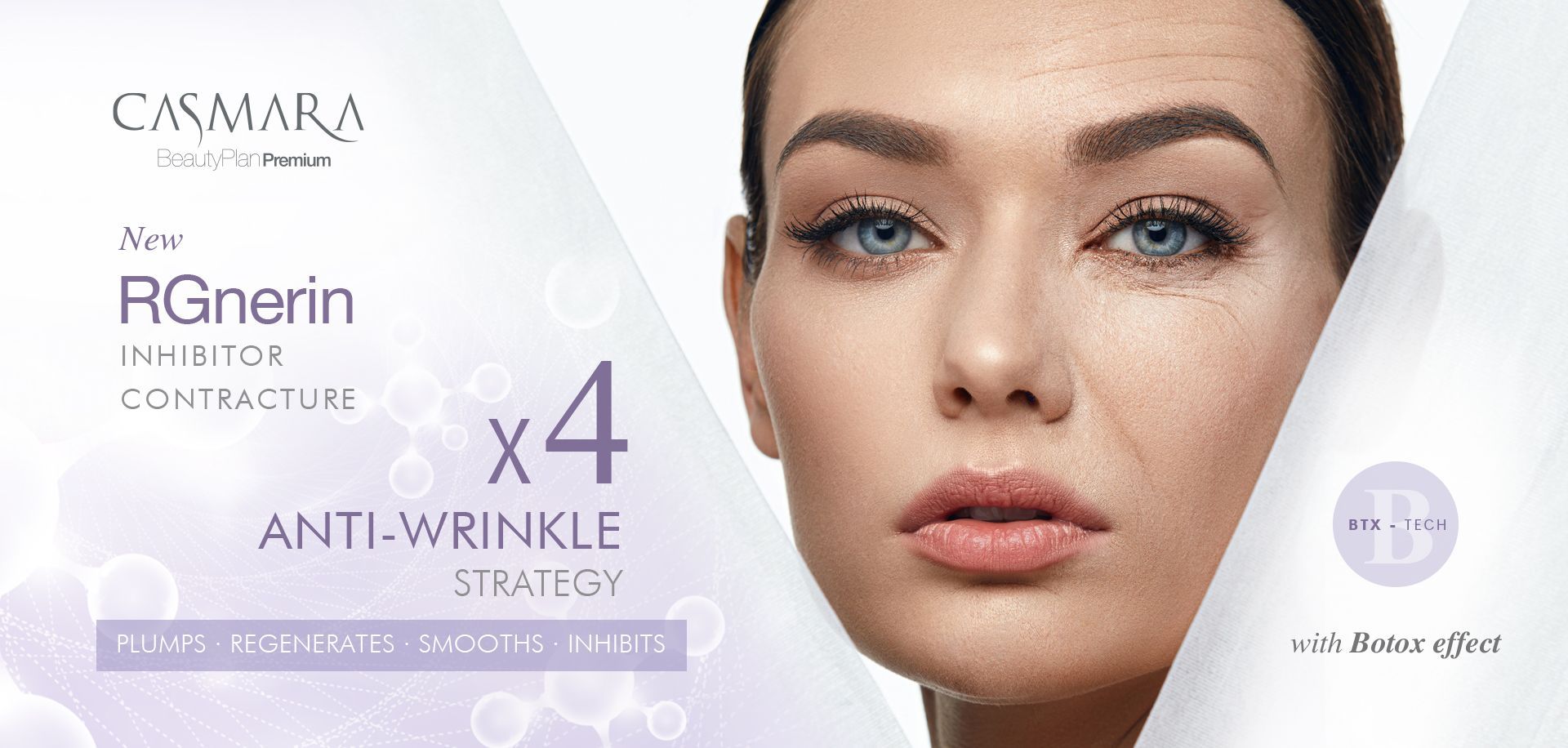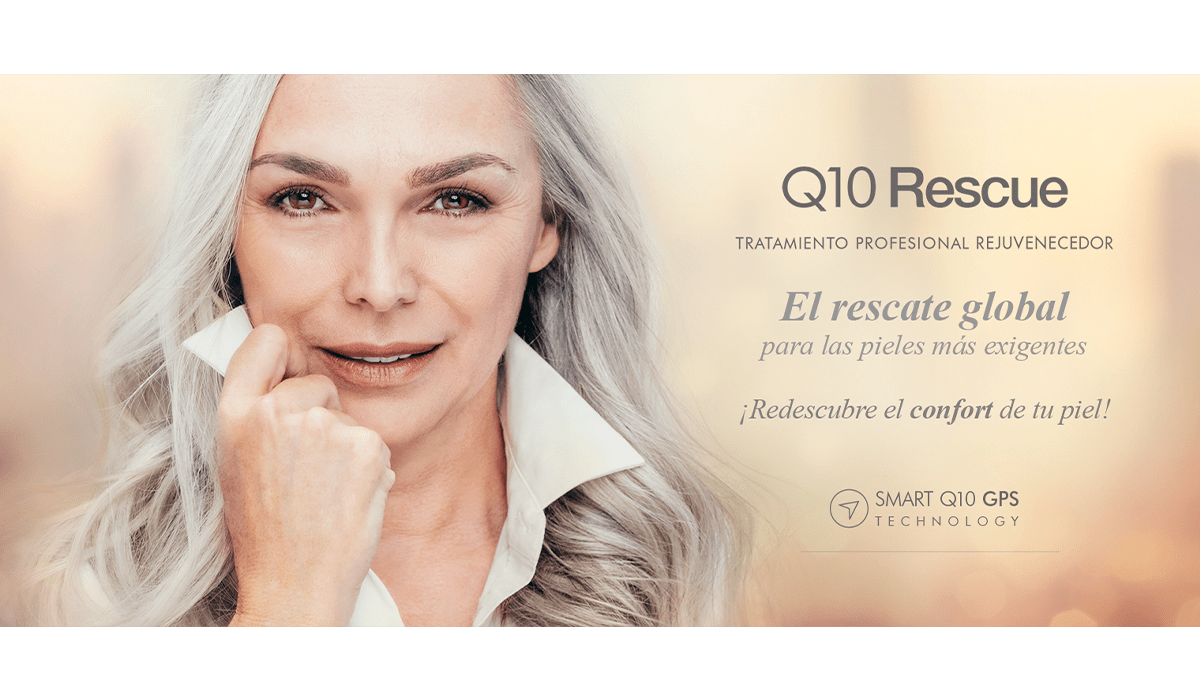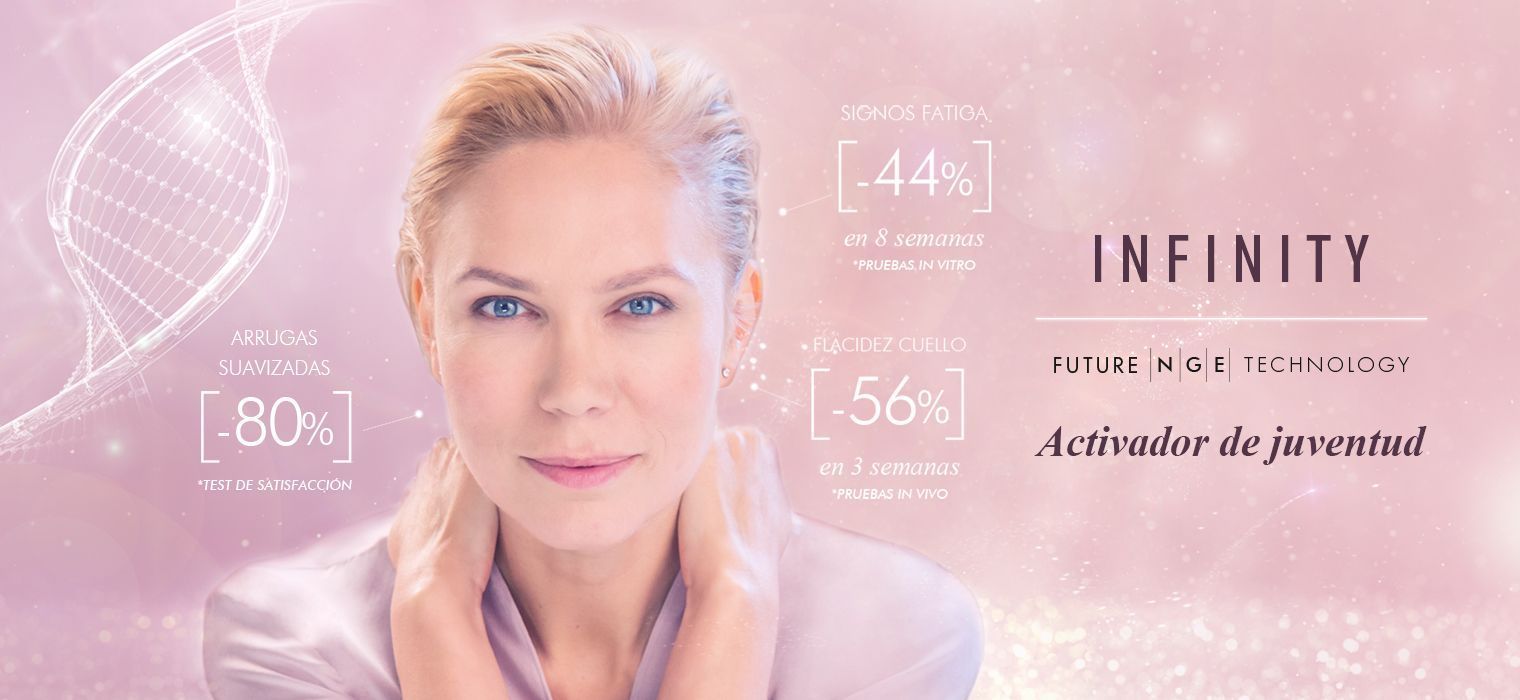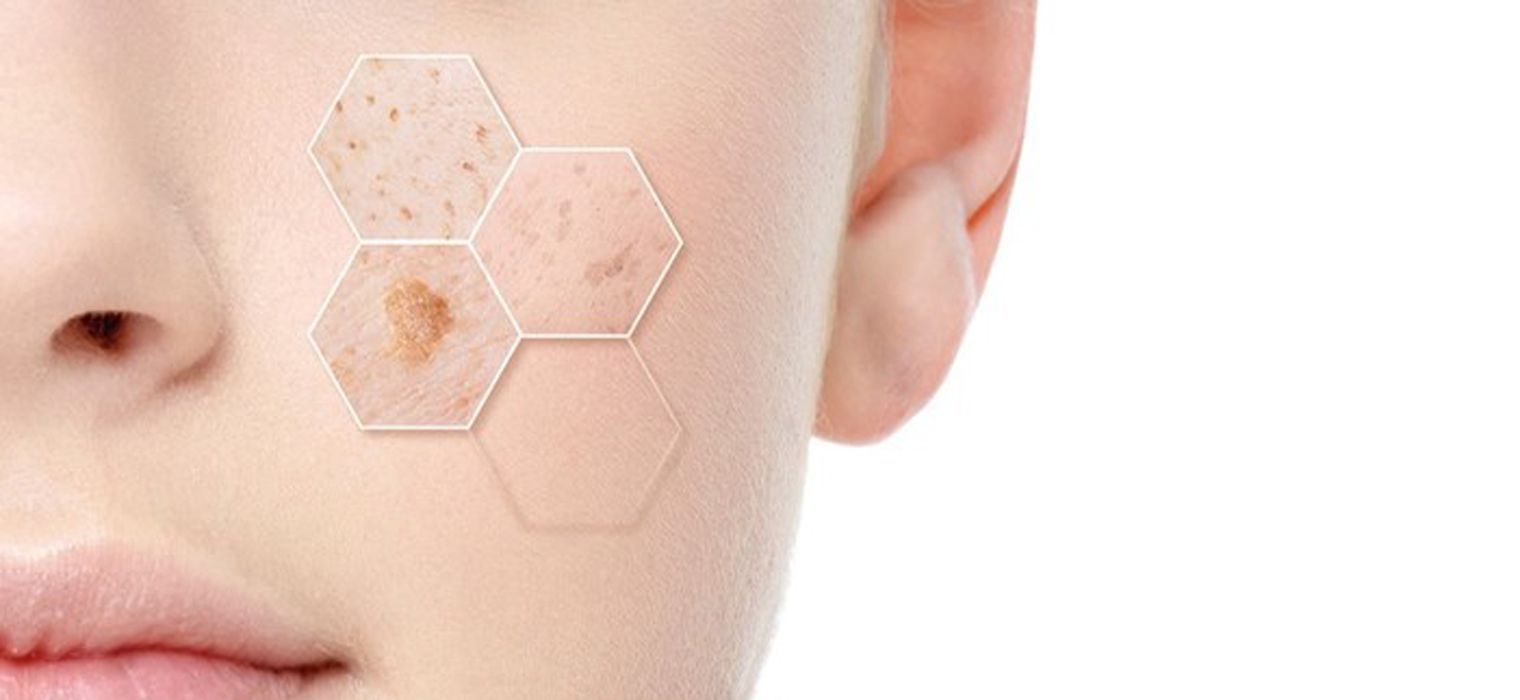
- CASMARA Universe
-
by Consulting
Dark skin spots: Hyperpigmentation
Hyperpigmentation is caused by excess melanin production which is unevenly distributed on the surface of the skin. This accumulates in some areas, forming unwanted, unsightly dark skin spots.
Dark spots are changes in the color uniformity of a certain area of skin and are a cosmetic problem which can be faded or treated with the correct cosmetics or a suitable professional treatment.
It’s important to know that irregular pigmentation is a problem which affects both young and more mature skins.
Everybody’s phototype defines the color of their skin, which is affected by the number of times a person is exposed to the sun. The areas which are frequently exposed to the sun are darker than the areas which are covered. Furthermore, age contributes to the appearance of age spots.
Melanin is the natural pigment which determines the color of the skin.But what is melanin? It’s a substance synthesized by our bodies which is responsible for the natural skin coloration and which acts as a defense mechanism against solar radiation. In other words, sometimes the skin presents an uneven melanin accumulation, which shows in the form of dark spots or a dull, uneven tone.
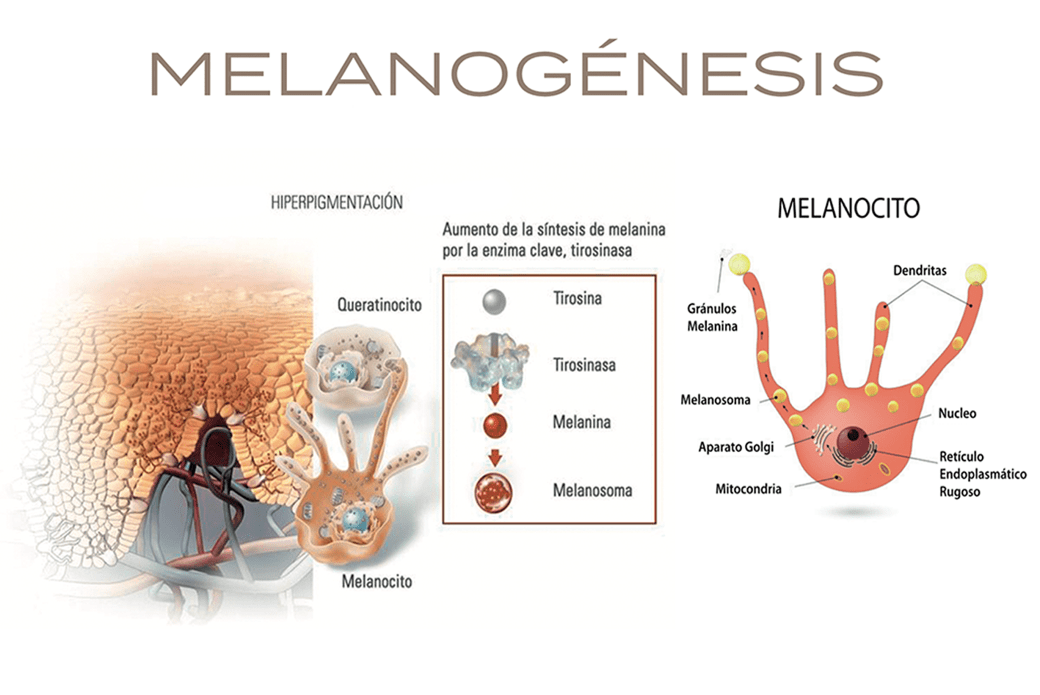
Pigmentation problems are related to melanin malfunction, which causes hyperpigmentation (dark skin spots); these are caused by excess skin pigment (melanin), which can be due to an increase in the number of cells which produce it or, more frequently, an increase in the amount of pigment in the area.
Why do dark skin spots form?
Sun exposure affects any type of dark skin spots, whether by darkening them temporarily (freckles, moles) or permanently (melasma), or contributing to the appearance of dark spots in skin which previously had none (lentigo or age spots, post-inflammatory pigmentation). Therefore, any measure intended to combat or prevent the appearance of dark skin spots has to always tie in with sun protection.
It’s important to know that it’s not only solar radiation or hormonal changes that cause excess melanin synthesis and its uneven accumulation in the skin; it’s also external factors such as pollution, photosensitivity caused by medication, acne, stress, and a poor diet, which can all cause internal and external irritative skin processes that stimulate excess melanin synthesis in the skin.
Furthermore, so-called “age spots”, dark spots linked with age or aging skin, also appear.
As part of the hyperpigmentation process, aging skin is another factor which contributes to the appearance of dark spots. What is relevant from recent discoveries, is that it has been demonstrated that aging fibroblasts release melanogenesis stimulating factors. What does this mean? These factors stimulate melanin synthesis, causing irregular deposits in the skin, which results in the appearance of dark spots and an uneven tone.
This reveals to us that preventing aging is a key aspect in order to avoid hyperpigmentation.
Recent studies have demonstrated that the skin has a memory, an essential fact to bear in mind about the origin of dark spots. Irritation and damage caused by the sun or the other aforementioned irritative processes is accumulative;that is to say, this damage negatively changes the cells, making them function irregularly, causing premature skin aging. This cell degradation accumulates over time, impairing their functioning, which is why it’s vitally important to prevent it, not only by protecting the skin against solar radiation and other environmental factors which can irritate it, but also by repairing the damage caused at cellular level.
The most common dark skin spots
Ephelides (typical freckles): They appear during childhood/adolescence and, unless indicated by a dermatologist, they don’t require treatment.
Nevus (moles): In the same way as those above, they appear during childhood/adolescence and, unless indicated by a dermatologist, they don’t require treatment.
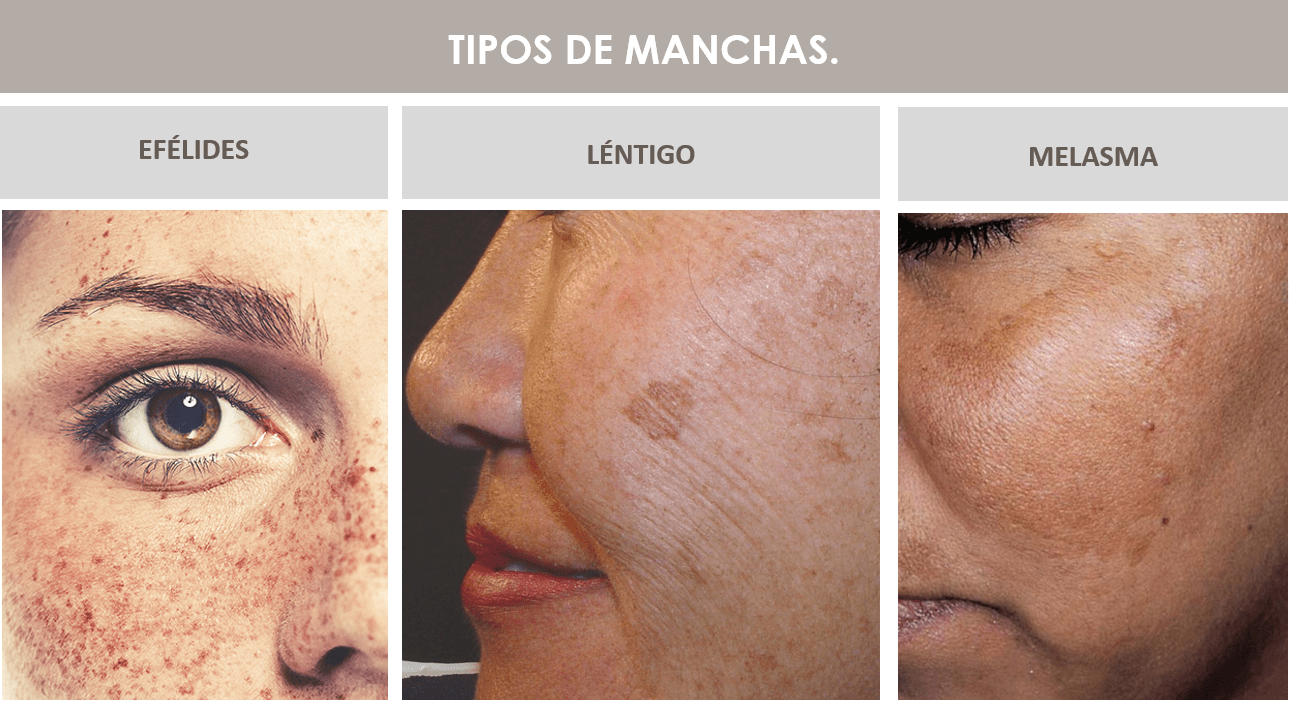
Liver spots: These are a cosmetic problem common in both young and mature skins. Those who suffer from these types of spots are usually just as concerned about them as they are about the appearance of wrinkles. These types of spots usually vary between different shades of brown and accumulate in the areas which are most exposed to the sun (face, hands, décolletage), especially in fair-skinned people who do not tan easily. There is an excess of the normal skin pigment (melanin) in these spots. Although they do not require treatment, it’s common to want to fade and correct them.
How do you prevent the appearance of dark skin spots?
To help prevent dark spots, sun exposure time should be limited, avoiding sunbathing between 12:00 and 16:00, taking extra protective measures with outdoor activities, and using sunscreen with a high protection factor.
Furthermore, it’s a good idea to avoid stress and protect the skin from pollution, blue light and external agents which also cause premature aging and irregular pigmentation. It’s also essential to have good nutrition based on a balanced diet, to prevent the appearance of premature dark skin spots.
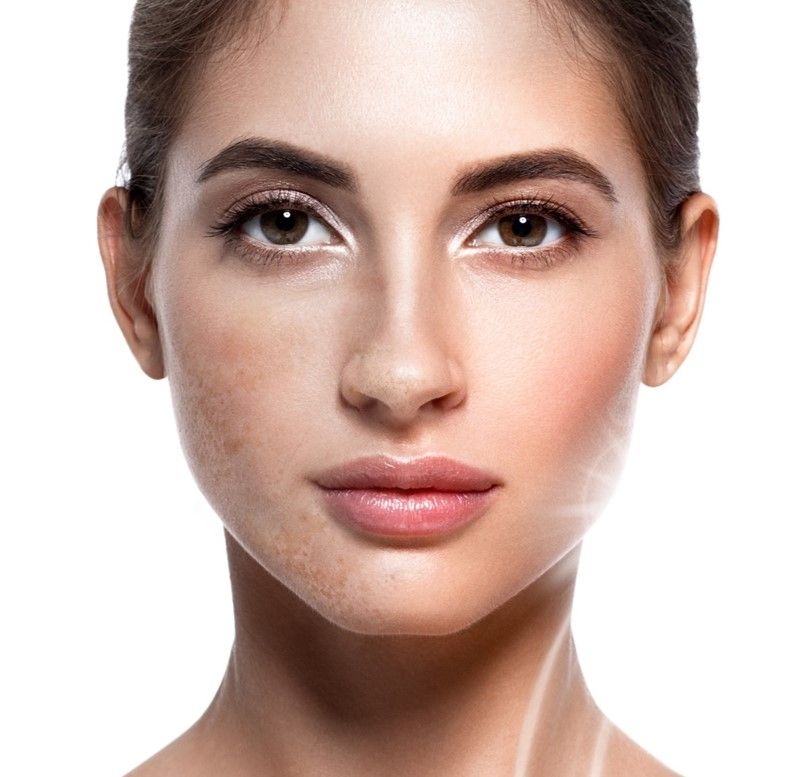
Likewise, recent discoveries have shown that a key factor for preventing the stimulation of excess melanin synthesis is to avoid abrasion and continued friction on a certain area of skin, as dark spots are also caused by this.
How do you treat dark skin spots?
Treating, correcting and preventing the appearance of dark spots is a cosmetic problem which concerns both young and more mature skins.
It’s important to treat dark spots globally, reaching the origin of melanogenesis and blocking all the processes which lead to irregular pigmentation.
The formulas of treatments to correct and prevent dark spots have been designed with technologically advanced active ingredients, exfoliating and renewing active ingredients, anti-melanogenesis and depigmenting active ingredients and anti-aging and restoring active ingredients.
Now you know how and why dark spots are formed; in the next post we’ll discuss in greater depth how and with which treatments we can fade and correct them. Don’t miss it!



